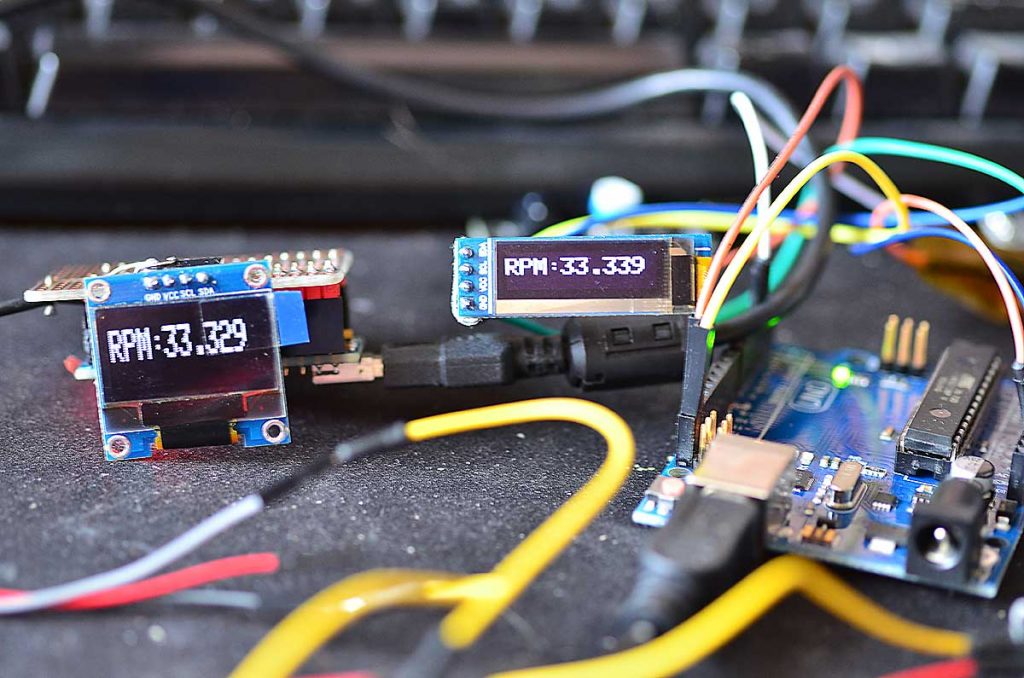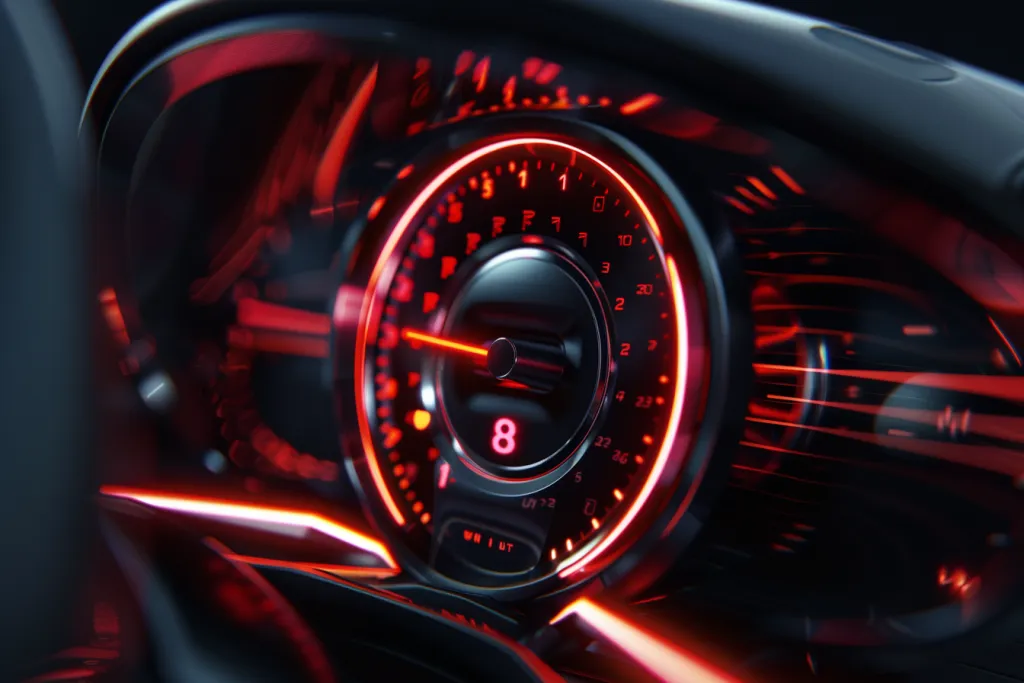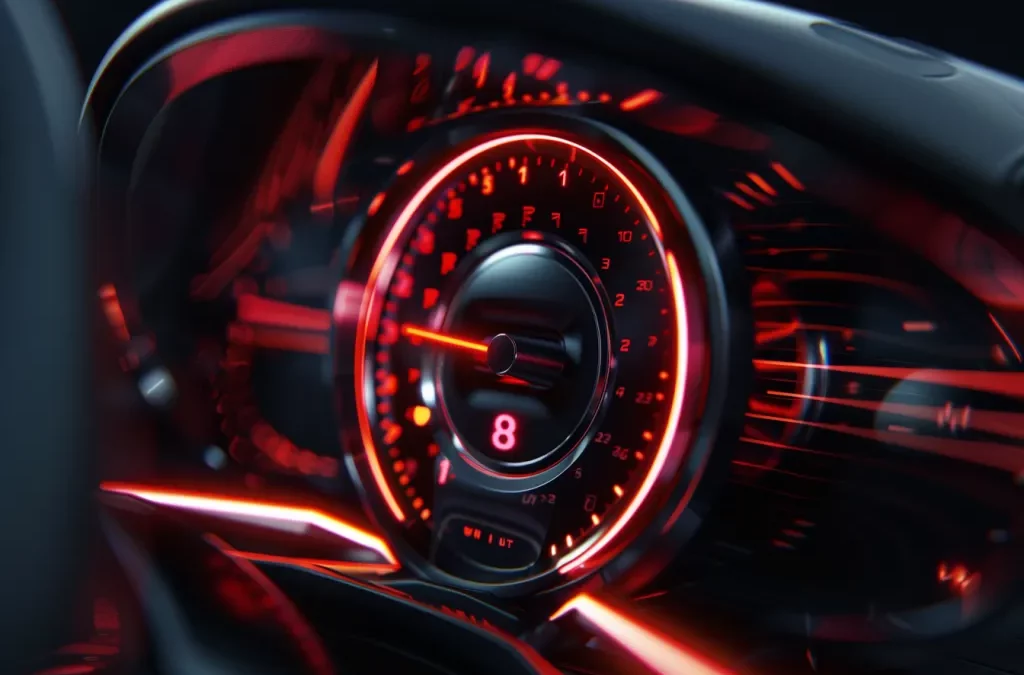Understanding Tachometers and Electronic Ignitions
Modern vehicles rely heavily on sophisticated electronic ignition systems to ensure efficient engine performance. Adding a tachometer to this setup can provide both aesthetic and functional benefits for drivers, helping them monitor engine speed in real-time. How to wire a tachometer to electronic ignition is a critical skill for both hobbyists and professionals in the automotive industry to master.

What is a Tachometer?
A tachometer is an instrument that measures the rotational speed of an engine’s crankshaft. It displays the engine’s RPM (revolutions per minute), allowing drivers to make informed decisions about gear shifts and throttle inputs. Learn more about how tachometers work for a deeper understanding.
Why Add a Tachometer to Your Vehicle?
Adding a tachometer offers several benefits:
- **Improved Performance**: Monitoring RPM helps optimize gear shifts and throttle inputs for better performance.
- **Engine Health**: It helps in diagnosing engine issues early by detecting irregularities in RPM.
- **Aesthetic Appeal**: A tachometer can add a sporty look to your vehicle’s dashboard.
Preparation Before Wiring
Gathering Necessary Tools and Equipment
Before you start, you’ll need the following tools:
- Screwdrivers
- Wire cutters and strippers
- Electrical tape
- Multimeter
- Wiring kit for tachometer
Safety Precautions
Ensure your safety with these precautions:
- Disconnect the battery to prevent electrical shocks.
- Wear safety glasses and gloves.
- Work in a well-ventilated area.
Step-by-Step Guide: How to Wire a Tachometer to Electronic Ignition
Step 1: Locate the Tachometer Signal Wire
Your vehicle’s manual will help you find the signal wire. This wire connects the tachometer to the electronic ignition system.
Step 2: Connect the Signal Wire to the Tachometer
Using the wire cutters, strip the end of the signal wire and attach it to the corresponding terminal on the tachometer. Secure this connection with electrical tape.
Step 3: Ground the Tachometer
Find a suitable grounding point in your vehicle, often a metal bolt connected to the chassis. Attach the ground wire from the tachometer to this point.
Step 4: Power the Tachometer
Connect the power wire from the tachometer to an ignition-switched power source. This ensures the tachometer only operates when the vehicle is running.
Step 5: Test the Tachometer
After making all connections, reattach the battery and start the engine. The tachometer should display the RPM, confirming successful installation.
Troubleshooting Common Issues
Tachometer Not Displaying RPM
Check if all connections are secure and the power source is active.
Inconsistent RPM Readings
Verify the signal wire is correctly connected and not damaged.
Advanced Wiring Techniques
Using Additional Sensors
**Installing supplementary sensors** can provide more precise readings (source).

Integrating with Digital Dashboards
Learn how to integrate your tachometer with modern digital dashboards for enhanced functionality.
Maintenance Tips for Longevity
Regularly inspect wiring connections for wear and tear. Clean electrical contacts to ensure reliable performance.
FAQ
Why is my tachometer not working after installation?
Check all connections and ensure the power source is active.
Can I install a tachometer on any vehicle?
Most vehicles can support a tachometer, but refer to your vehicle’s manual for specific compatibility.
How often should I check the tachometer wiring?
Regular inspections every six months ensure longevity and performance.
Conclusion
With this comprehensive guide, wiring a tachometer to an electronic ignition system is a manageable task for both beginners and seasoned professionals. Whether for performance monitoring or aesthetic appeal, adding a tachometer is a worthwhile upgrade for your vehicle.
